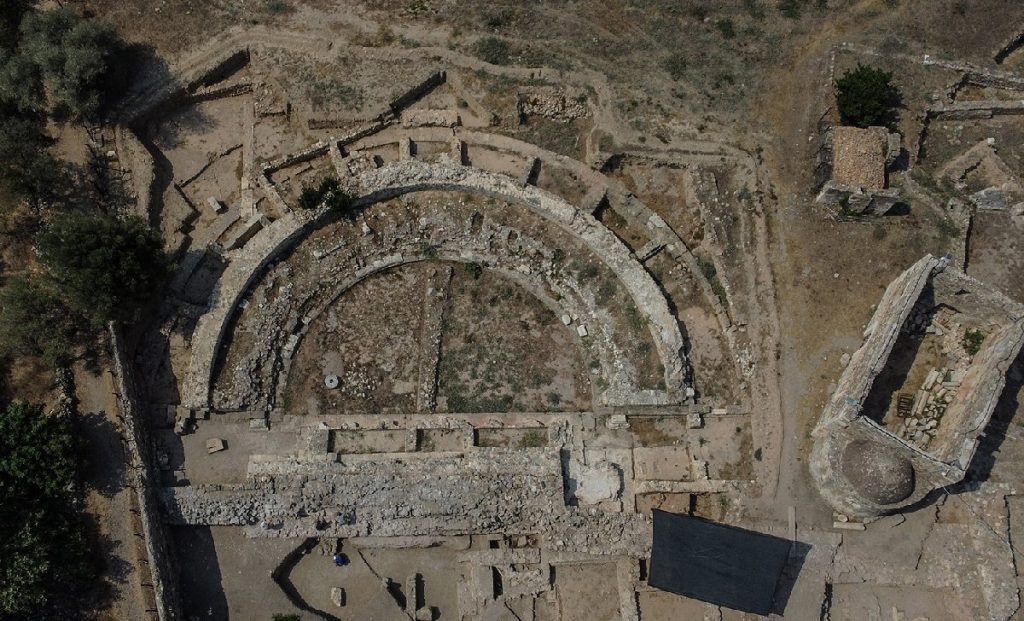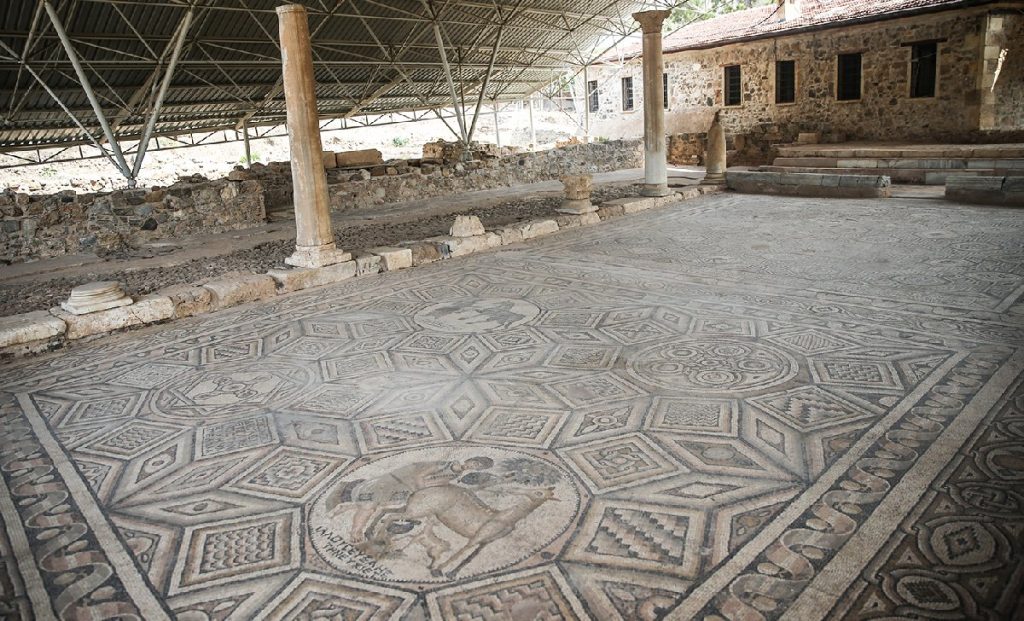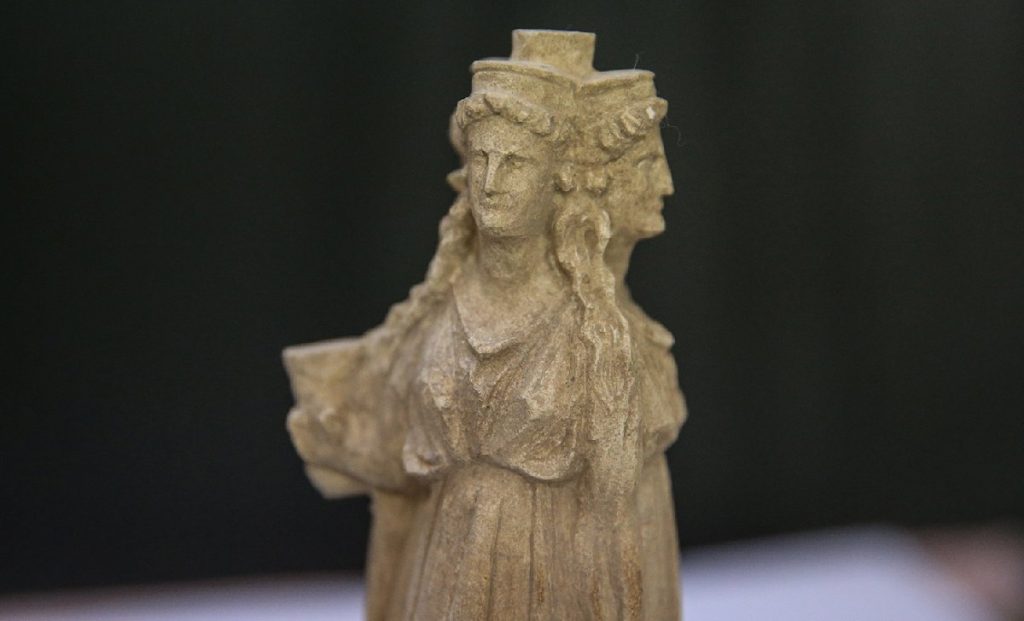
A 2,300-year-old triple-headed goddess Hecate figurine was found in the ancient city of Kelenderis
In the ongoing excavation works at the ancient city of Kelenderis, which includes a Roman-era bath, an odeion (a place for musical activities), a basilica-style church, and mosaics, a figurine of the triple-headed goddess Hecate was discovered.
Kelenderis Ancient City is a significant historical settlement located within the boundaries of the Erdemli district in the province of Mersin, Turkey.

Various cultures such as the Lydians, Persians, Hellenistic Kingdoms, and Roman Empire have ruled over this region.
Expressing their goal of fully uncovering the Roman-era odeon in the ancient city, excavation director Assoc. Prof. Dr. Mahmut Aydın, who is also the Head of the Department of Archaeology at Batman University, stated that during this season’s excavations, they have revealed the floors from the Roman period and found a substantial amount of Hellenistic pottery in the fill layers beneath these floors.

Aydın, during the excavation works, revealed the presence of figurin in the fill layers beneath the base of the odeon, and continued as follows:
“Within the layer containing pottery, a triple-headed Hecate figurine was found. It measures about 20 centimeters and is a nearly intact representation of the three-headed goddess. When we investigate who Hecate is and her connection to Kelenderis, we know that there is a temple dedicated to Hecate in the ancient city of Lagina in Muğla, where an inscription mentions Kelenderis as one of the cities participating in competitions held for Hecate every five years. Furthermore, we are aware that Kelenderis is also among the cities that show respect to the sacred area of Hecate and pledge not to harm it. Therefore, the discovery of the Hecate figurine in this excavation site holds significant meaning. We estimate this artifact to be around 2,300-2,400 years old and belonging to the Hellenistic period.”

Aydın stated, “This is a tremendous excitement for us. It’s a highly meaningful artifact. We knew that this city was affiliated with the Lagina Temple, a city that respected it and participated in its competitions, but we didn’t have tangible evidence. This year, we are witnessing the completion of the chain’s links, confirming the connection.”
Cover Photo: AA
You may also like
- A 1700-year-old statue of Pan unearthed during the excavations at Polyeuktos in İstanbul
- The granary was found in the ancient city of Sebaste, founded by the first Roman emperor Augustus
- Donalar Kale Kapı Rock Tomb or Donalar Rock Tomb
- Theater emerges as works continue in ancient city of Perinthos
- Urartian King Argishti’s bronze shield revealed the name of an unknown country
- The religious center of Lycia, the ancient city of Letoon
- Who were the Luwians?
- A new study brings a fresh perspective on the Anatolian origin of the Indo-European languages
- Perhaps the oldest thermal treatment center in the world, which has been in continuous use for 2000 years -Basilica Therma Roman Bath or King’s Daughter-
- The largest synagogue of the ancient world, located in the ancient city of Sardis, is being restored











Leave a Reply